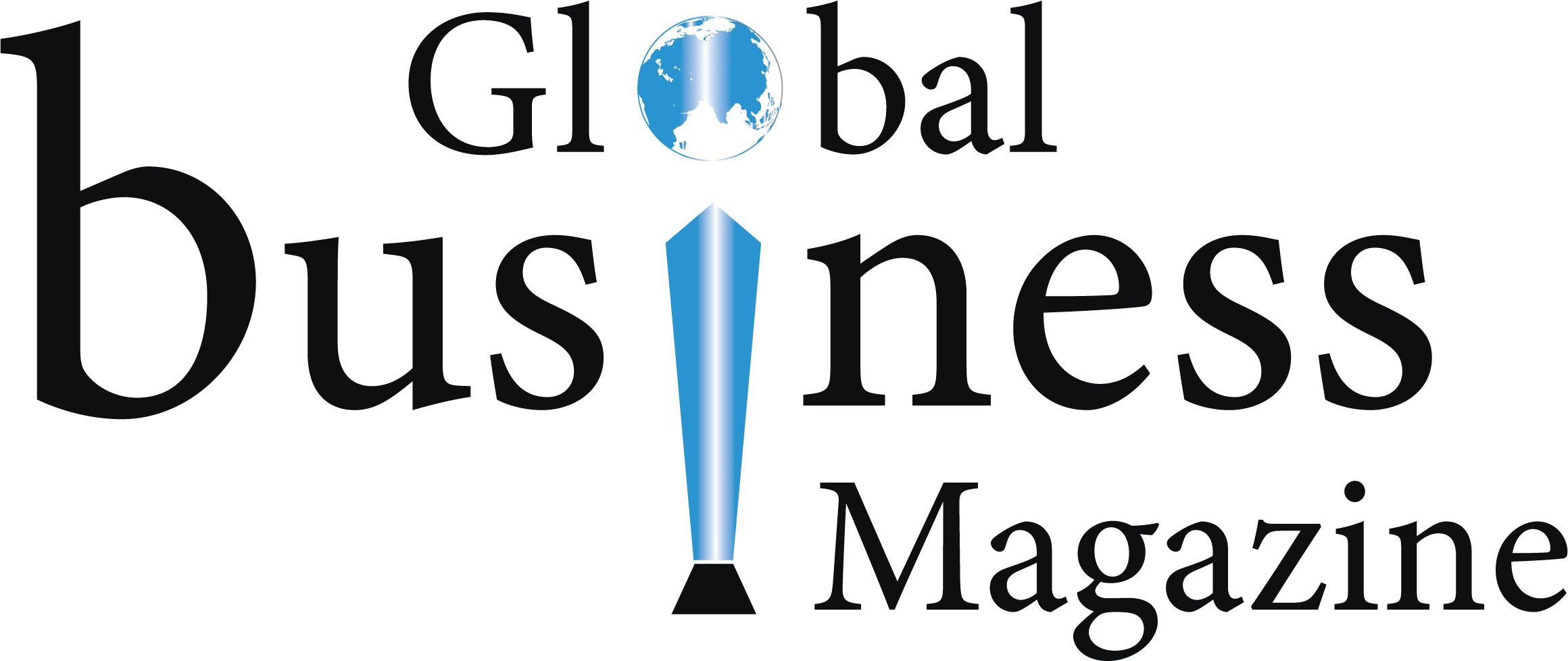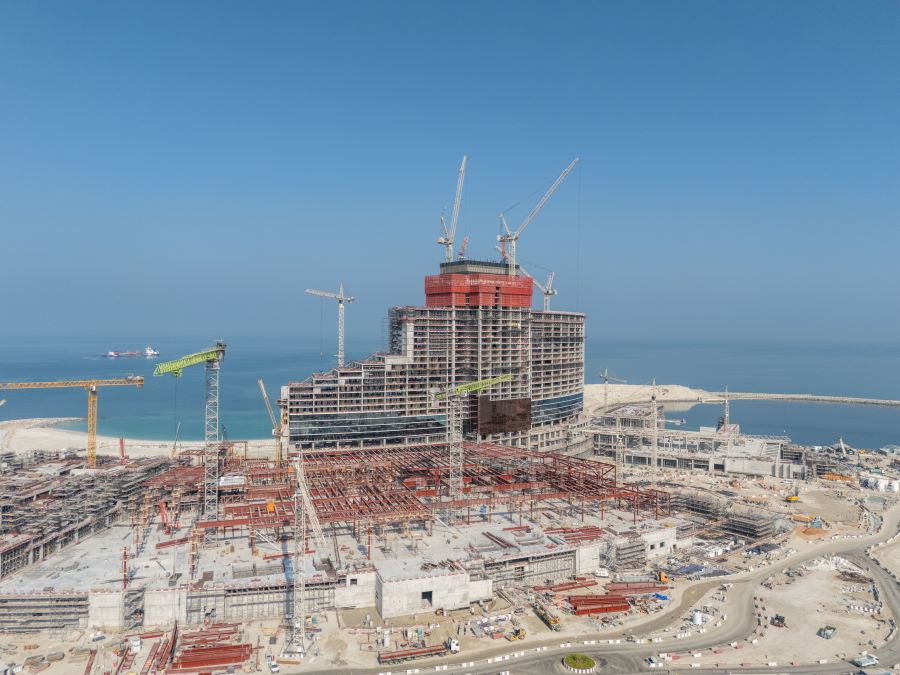
globalbizmag.com
Arab economies to grow by 5% this year
Arab economies are expected to grow by 5% in 2022, supported by the increase in oil production and its prices in international markets and the continuation of stimulus packages to support economic recovery, according to the Arab Monetary Fund (AMF) Outlook.
In its 16th edition of the Arab Economic Outlook report, including macroeconomic forecasts for Arab economies for 2022 and 2023, the AMF noted the growth of Arab countries is expected to decrease to 4% in 2023 due to the decline in global demand, the gradual withdrawal of stimulus packages, and the anticipated fall in commodity prices.
The report indicated that while the world was striving at the beginning of 2022 to overcome the economic and social repercussions of the COVID-19 virus and its variants for the third year in a row, the global economy witnessed unfavourable global developments.
These developments resulted in high prices of many agricultural, industrial, and energy products and pose significant challenges for supply chains that have not yet recovered from the effects of the COVID-19 pandemic.
These developments increased risks and uncertainty and raised concerns about global food security in the light of their repercussions which impacted all countries, markets, and families and led to a decline in purchasing power levels, especially for low- and middle-income families.
Global Economy
The recent global developments overshadow world economic growth estimates, which were set before at between 4% and 4.5% in 2022 due to the expected recovery, especially in several advanced and developing economies, and between 3.2% and 3.8% in 2023 due to the gradual withdrawal of the recovery packages.
According to international expectations, it is estimated that these developments will lead to a decrease in the growth rate of the global economy by at least 0.5-1.0 percentage points during 2022 and will result in a rise in the global inflation rate by between 2.5 and 3.0 percentage points.
In 2023, these developments will result in a possible decline in global GDP by about 1%, representing a loss estimated at one trillion US dollars, and a further rise in the inflation rate by about two percentage points.
The recent global developments affected the international energy markets and led to a rise in oil and gas prices to record their highest levels in March 2022 since 2008. In this context, oil prices have risen by 40% in the Q1 of 2022, while gas prices increased by about 112% on an annual basis.
Amid these developments, the growth rate of Arab economies is expected to rise to about 5% in 2022, supported by the increase in oil production and its prices in international markets and the continuation of stimulus packages adopted in Arab countries whose accumulated value reached $396 billion during the period (2020-2022).
Decline Likely
In 2023, the growth of Arab countries is expected to decrease to 4% due to the decline in global demand, the gradual withdrawal of stimulus packages, and the anticipated fall in commodity prices.
The expected growth rate for 2022 reflects the rise in the growth rate of the Arab oil-exporting economies to 5.6% due to the anticipated increases in the output of the oil and gas sectors.
On the other hand, the growth rate of the Arab oil-importing economies is expected to reach a moderate level of 3.7%, reflecting the challenges facing their internal and external balances, which affect consumption and investment levels.
In this context, a significant increase in the GCC growth rate is expected to reach about 5.8% in 2022, compared with 3.1% for the growth rate recorded in 2021, due to many supportive factors that will stimulate the output of both oil and non-oil sector.
These factors include the positive momentum of the economic reforms applied to increase levels of economic diversification and attract local and foreign direct and the positive impact of the stimulus packages to support recovery from the COVID-19 Pandemic. In 2023, the growth pace of the GCC countries is expected to decline to 3.6%.
Other Arab oil-exporting countries are expected to benefit from the planned increases in oil production quantities within the framework of the OPEC+ agreement and the rise in the global oil and gas prices, bringing the group’s growth rate to 4.6% in 2022, compared to 3.30% in 2021, while the growth rate is expected to decline to 3.9% next year due to the internal conditions that impact growth and the challenges facing this group of countries in terms of supporting business environments and increasing its attractiveness.
In contrast, Arab oil-importing countries are expected to record a moderate growth pace in 2022, estimated at 3.7% compared with 2.5% in 2021, reflecting challenges facing internal and external imbalances due to the global economic environment.
A significant improvement in the growth rate of this group of countries is expected in 2023 to reach 5%, which is attributed to the improvement in aggregate demand and a gradual easing of pressures facing public budgets and balances of payments due to the expected decline in commodity prices next year.
Inflation to Rise
The inflation rate is expected to rise in the Arab countries as a group to record about 7.5% in 2022, compared with 5.7% in 2021, while a relative decline in the inflation rate is expected in 2023 to reach 7%.
In terms of fiscal conditions, the consolidated public budget deficit of Arab countries is expected to decrease in 2022 to reach 2.4% of GDP, compared with 4.6% in 2021. This improvement reflects the anticipated increase in oil revenues, especially in the light of improving fiscal conditions and the expectation that the GCC countries will achieve a fiscal surplus in 2022 for the first time since the drop in oil prices in 2014.











